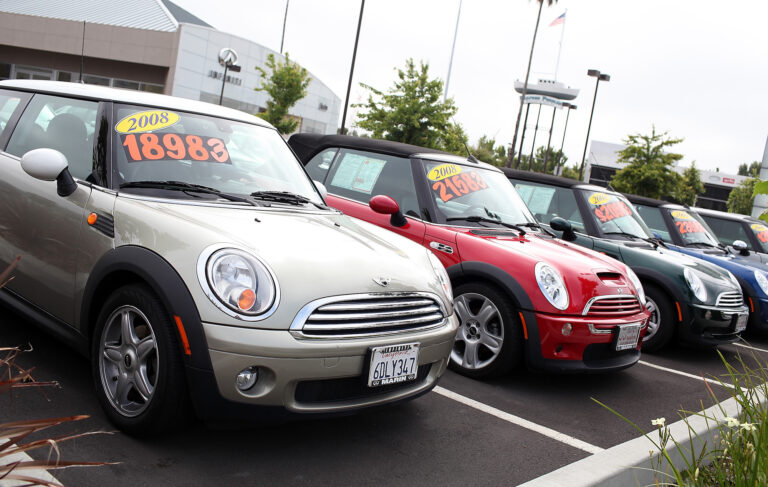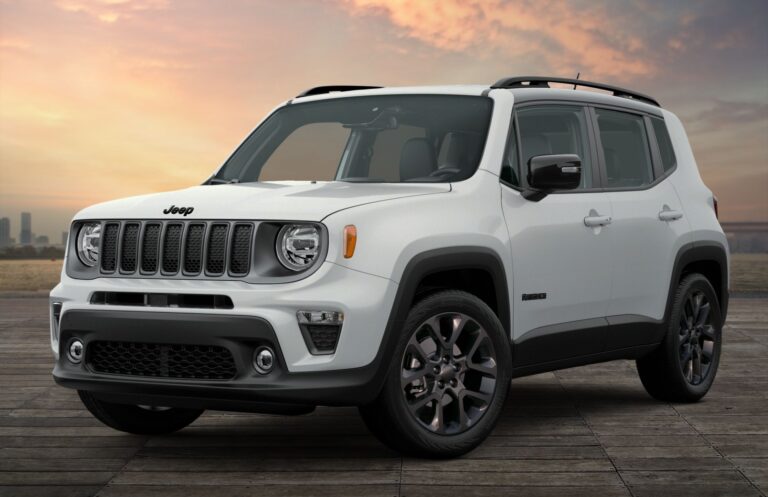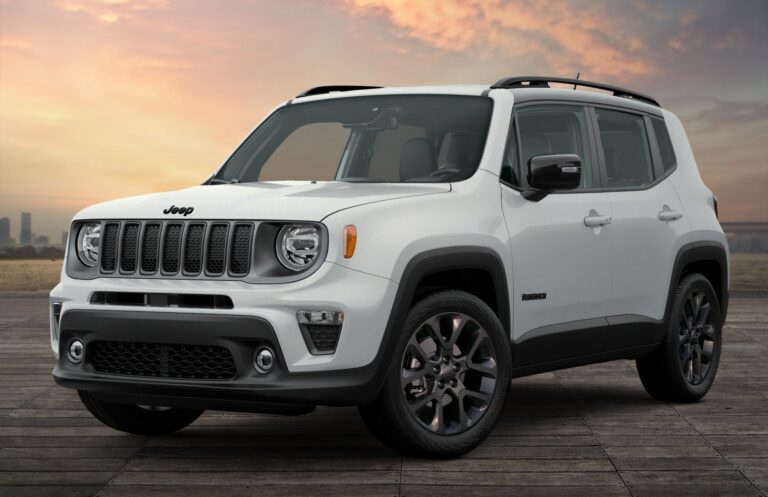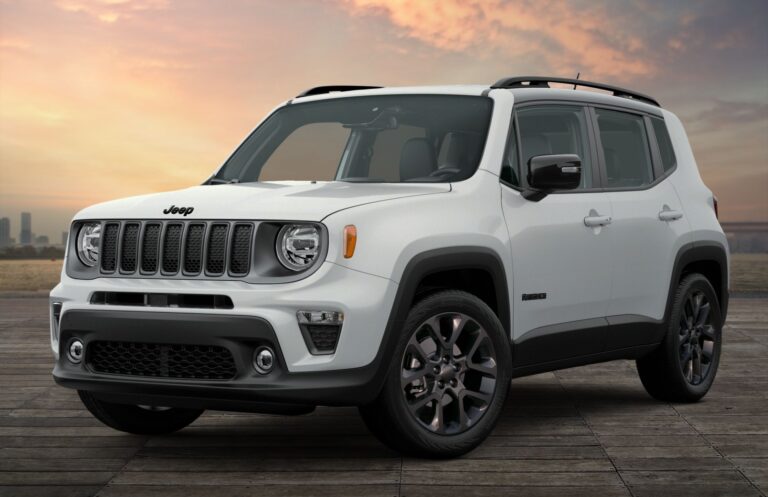Used Jeep Cherokee For Sale: Your Comprehensive Guide to Finding the Perfect Adventure Vehicle
Used Jeep Cherokee For Sale: Your Comprehensive Guide to Finding the Perfect Adventure Vehicle jeeps.truckstrend.com
The Jeep Cherokee. The name alone conjures images of rugged trails, open roads, and a spirit of adventure. For decades, this iconic SUV has been a staple for families, outdoor enthusiasts, and daily commuters alike, thanks to its blend of practicality, capability, and undeniable character. While a brand-new Cherokee certainly has its allure, the market for used Jeep Cherokees offers an incredibly compelling proposition. It’s an opportunity to own a piece of automotive legend, often at a fraction of the cost, opening up a world of possibilities for exploration, customization, or simply reliable daily driving.
Buying a used vehicle, especially one with as much history and variety as the Cherokee, requires careful consideration and an informed approach. This comprehensive guide will walk you through everything you need to know about finding, evaluating, and purchasing your ideal used Jeep Cherokee, ensuring you make a smart investment that’s ready for whatever journey lies ahead.
Used Jeep Cherokee For Sale: Your Comprehensive Guide to Finding the Perfect Adventure Vehicle
The Enduring Appeal of the Jeep Cherokee
From its groundbreaking introduction in 1984 with the XJ series to its modern iteration, the Jeep Cherokee has consistently evolved while retaining its core identity: a capable, versatile, and distinctively styled SUV. It carved out a niche as one of the first truly modern SUVs, combining the utility of a station wagon with the robust drivetrain and ground clearance of a traditional 4×4. This innovative approach made it an instant hit, appealing to a broad spectrum of buyers.
Over the years, the Cherokee has seen multiple transformations, each generation bringing new technologies, improved comfort, and varying degrees of off-road prowess. This rich history means that when you’re looking for a used Cherokee, you’re not just picking a car; you’re choosing a specific era and a particular set of capabilities that align with your needs and budget. Whether you crave the legendary simplicity of the XJ, the refined comfort of the Liberty (KJ/KK), or the modern amenities of the KL, there’s a used Cherokee out there waiting to be discovered.
Navigating the Generations: What to Look For
Understanding the different generations of the Jeep Cherokee is crucial for making an informed decision. Each offers a unique set of pros, cons, and ideal use cases.
1. Cherokee XJ (1984-2001): The Legendary Classic
Often hailed as one of the greatest SUV designs of all time, the XJ Cherokee is beloved for its unibody construction, simplicity, and incredible off-road capability.
- Pros: Exceptional off-road performance (especially with 4.0L I6 engine), vast aftermarket support, simple mechanics, relatively easy to repair, iconic styling, affordable purchase price.
- Cons: Older safety features, prone to rust (especially in northern climates), fuel economy is modest, can have age-related electrical gremlins, ride quality is rougher than newer vehicles.
- Ideal Buyer: Off-road enthusiasts, DIY mechanics, those seeking a project vehicle, or anyone who appreciates raw, unadulterated Jeep character on a budget.
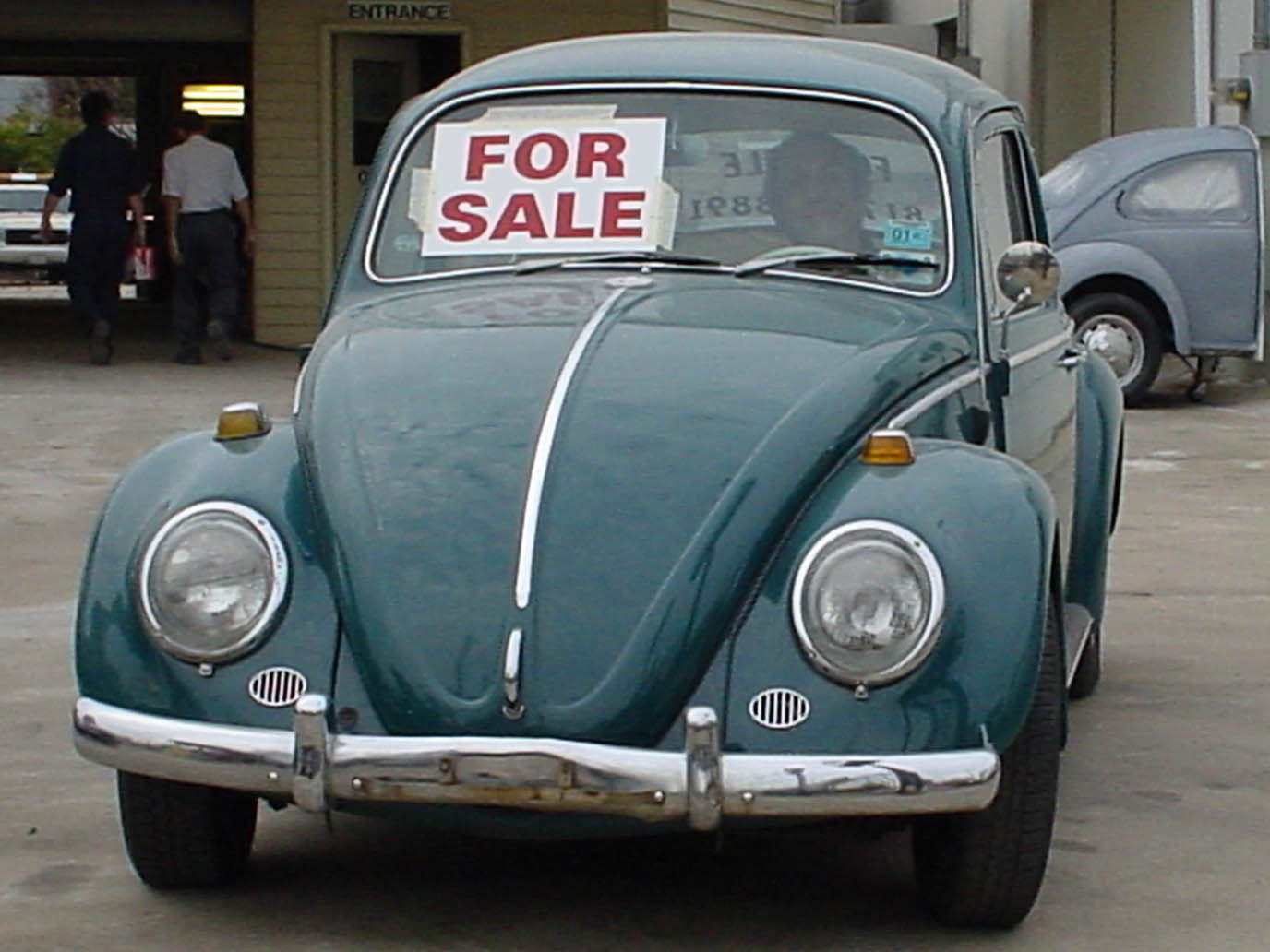
2. Liberty KJ (2002-2007) & KK (2008-2012): The Mid-Generation Shift
Marketed as the Jeep Liberty in North America, these generations represented a departure from the XJ’s utilitarian design, aiming for a more modern, comfortable, and family-friendly appeal.
- KJ Pros: More refined ride than the XJ, improved safety features, available diesel engine (2.8L CRD) offered great torque and fuel economy, independent front suspension for better on-road manners.
- KJ Cons: Less aftermarket support than XJ, can suffer from control arm bushing wear, some early models had window regulator issues.
- KK Pros: Further refined interior, more standard features, available Selec-Trac II 4WD system, improved safety.
- KK Cons: Heavier than the KJ, less fuel-efficient, still not as off-road capable as an XJ in stock form.
- Ideal Buyer: Those looking for a more comfortable daily driver with some off-road capability, a step up in safety and features from the XJ, or considering the unique diesel option.
3. Cherokee KL (2014-2023): The Modern Era
The return of the "Cherokee" nameplate (after the Liberty run) brought a completely new, unibody, car-based platform with a focus on fuel efficiency, on-road comfort, and advanced technology.
- Pros: Modern safety features (ADAS), comfortable and quiet ride, good fuel economy (especially with 4-cylinder), advanced infotainment, available Trailhawk trim offers impressive off-road prowess for its class.
- Cons: Less traditional "Jeep" look (controversial styling for some), potential for more complex electronic issues, not as easily modified for extreme off-roading as the XJ, earlier models had some transmission programming issues (often resolved with updates).
- Ideal Buyer: Families, daily commuters, those prioritizing comfort, fuel economy, and modern features, or buyers who want a capable off-roader without sacrificing daily drivability (Trailhawk).
The Pre-Purchase Checklist: Essential Steps
Buying a used vehicle can be daunting, but a systematic approach minimizes risks and maximizes your chances of finding a great deal.
-
Define Your Needs and Set a Realistic Budget:
- Purpose: Off-roading, daily commute, family hauler, project vehicle? This will guide your generation choice.
- Budget: Beyond the purchase price, factor in potential repairs, maintenance, insurance, and registration. Older Cherokees might be cheap to buy but could require immediate investment.
-
Research and Compare:
- Look up common issues for the specific generation and year you’re interested in. Online forums (e.g., CherokeeForum.com, JeepForum.com) are invaluable resources.
- Compare prices for similar models using online platforms (Autotrader, Cars.com, Kelley Blue Book, Edmunds). This helps you understand the market value.
-
Obtain a Vehicle History Report (VHR):
- Services like CarFax or AutoCheck provide crucial information: accident history, title issues (salvage, flood, etc.), odometer discrepancies, service records, and ownership history. This is non-negotiable.
-
Thorough Inspection (DIY & Professional):
- Exterior: Look for rust (especially on rocker panels, floorboards, and frame rails for XJs), mismatched paint, signs of accident repair, tire wear (uneven wear can indicate alignment or suspension issues).
- Interior: Check for excessive wear, stains, odors, functionality of all electronics (windows, locks, radio, AC/heat, dashboard lights), and signs of water leaks.
- Under the Hood: Check fluid levels (oil, coolant, brake, power steering, transmission), look for leaks, inspect belts and hoses for cracks or wear, check battery terminals for corrosion. Listen for unusual engine noises.
- Undercarriage: Inspect the frame for rust, bends, or cracks. Check suspension components (shocks, springs, bushings) for wear. Look for leaks from the differential, transfer case, or transmission.
- Test Drive: This is critical.
- Listen for engine noises (knocks, ticks).
- Check transmission shifts (smooth or harsh? any slipping?).
- Test brakes (pulling, grinding, spongy pedal).
- Check steering (play, wandering, unusual noises when turning).
- Drive at various speeds and over bumps to assess suspension and handling.
- Ensure all warning lights on the dashboard illuminate and then turn off.
-
Professional Pre-Purchase Inspection (PPI):
- Even if you’re mechanically inclined, a PPI by an independent, trusted mechanic is highly recommended. They can spot issues you might miss and provide an objective assessment of the vehicle’s condition, potentially saving you thousands in future repairs.
Common Issues to Watch Out For (General Cherokee):
- Rust: Pervasive issue for older XJs, particularly in the unibody frame rails, floorboards, and rocker panels.
- Cooling System: Older Cherokees are notorious for cooling system problems (radiator, water pump, thermostat, fan clutch). Overheating can lead to major engine damage.
- Transmission Issues: Especially with higher mileage vehicles; look for harsh shifts, slipping, or delayed engagement.
- Electrical Gremlins: Often seen in older models; check all lights, gauges, and accessories.
- Suspension Components: Worn ball joints, tie rods, control arm bushings, and shocks are common wear items.
- Oil Leaks: Rear main seal leaks are common on the 4.0L I6 engine but are often minor.
Where to Find Your Used Jeep Cherokee
- Dealerships: New car dealerships often take Cherokees as trade-ins. Used car lots specialize in a variety of brands. They typically offer financing, warranties (sometimes), and detailed inspections, but prices may be higher.
- Private Sellers: Often found on online marketplaces (Facebook Marketplace, Craigslist), local classifieds, or word-of-mouth. Prices are generally lower, but buying "as-is" means you bear more risk. Requires more due diligence on your part.
- Online Car Sales Platforms: Websites like Autotrader, Cars.com, and eBay Motors list vehicles from both dealers and private sellers, offering a wide selection and advanced search filters.
- Auctions: Public or dealer-only auctions can offer low prices, but vehicles are usually sold "as-is" with no opportunity for a test drive or thorough inspection. Best for experienced buyers.
Negotiation Tips for Buying a Used Jeep Cherokee
- Know Your Market Value: Use sites like KBB.com or Edmunds.com to get a fair price range for the specific year, trim, and mileage.
- Be Prepared to Walk Away: If the seller isn’t willing to negotiate or if the vehicle has too many red flags, don’t be afraid to move on.
- Use Inspection Findings as Leverage: If your PPI uncovers needed repairs, use the repair estimates to negotiate a lower price.
- Factor in Immediate Costs: If the tires are bald or a major service is due, factor those costs into your offer.
Owning a Used Jeep Cherokee: Maintenance & Customization
Once you’ve found your perfect used Jeep Cherokee, the journey doesn’t end there. Regular maintenance is key to longevity. Follow the manufacturer’s recommended service schedule, pay attention to fluid changes, and address any minor issues before they become major problems.
One of the greatest joys of owning a Jeep Cherokee, especially the XJ, is the vast aftermarket support. From lift kits and larger tires for enhanced off-road capability to upgraded bumpers, winches, and interior accessories, you can truly make your Cherokee your own. Even the KL has a growing aftermarket for mild lifts and trail-ready modifications. Joining online forums and local Jeep clubs can provide invaluable resources, advice, and a community of like-minded enthusiasts.
Used Jeep Cherokee Estimated Price Table
Please note: Prices are highly variable based on condition, mileage, trim level, modifications, regional demand, and overall market fluctuations. These are estimated ranges for vehicles in fair to good condition. Excellent, low-mileage examples, especially XJs, can command higher prices.
| Generation | Year Range | Estimated Price Range (Fair Condition) | Estimated Price Range (Good Condition) | Key Features/Notes |
|---|---|---|---|---|
| XJ | 1984-2001 | $2,000 – $6,000 | $6,000 – $15,000+ | Legendary off-roader, 4.0L I6 highly sought after. Rust is common. Collectible status rising. |
| Liberty KJ | 2002-2007 | $3,000 – $7,000 | $7,000 – $12,000 | More refined ride, independent front suspension. Diesel (CRD) option. |
| Liberty KK | 2008-2012 | $4,000 – $8,000 | $8,000 – $14,000 | Boxier design, improved interior, Selec-Trac II 4WD. Less fuel-efficient. |
| KL | 2014-2018 | $8,000 – $15,000 | $15,000 – $22,000 | Modern styling, FWD-based platform, advanced tech. Trailhawk for off-road. |
| KL | 2019-2023 | $15,000 – $22,000 | $22,000 – $30,000+ | Refreshed styling, more standard features, refined powertrains. |
Frequently Asked Questions (FAQ) about Used Jeep Cherokees
Q: Is a used Jeep Cherokee reliable?
A: Reliability varies greatly by generation and how well the previous owner maintained it. The 4.0L engine in the XJ is legendary for its durability, but age-related issues (rust, electrical) are common. Newer KL models are generally more reliable but can have complex electronics. A pre-purchase inspection is vital.
Q: Which generation is best for off-roading?
A: The XJ Cherokee is widely considered the best for serious off-roading due to its solid axles, simple design, and massive aftermarket support. The KL Trailhawk trim is surprisingly capable for a modern unibody SUV, offering excellent off-road features for moderate to challenging trails.
Q: What’s the fuel economy like on a used Cherokee?
A: Generally, not great, especially for older models. XJs with the 4.0L I6 typically get 15-20 MPG. Liberties are similar. Modern KLs with the 4-cylinder engine can achieve better figures (21-29 MPG), while V6 KLs are closer to 18-26 MPG.
Q: Are parts readily available for older Cherokees?
A: Yes, especially for the XJ. Due to its popularity and long production run, parts (both OEM and aftermarket) are widely available and often affordable. Parts for KJ/KK and KL generations are also readily available through dealerships and aftermarket suppliers.
Q: Can I finance a used Cherokee?
A: Yes, most banks and credit unions offer financing for used vehicles. The age and mileage of the vehicle can affect interest rates and loan terms. Older XJs might be harder to finance through traditional lenders and may require a personal loan.
Q: What’s the difference between a Jeep Cherokee and a Grand Cherokee?
A: The Grand Cherokee is a larger, more luxurious, and typically more expensive SUV than the Cherokee. While both are capable, the Grand Cherokee generally offers more interior space, higher-end features, and a more refined ride, whereas the Cherokee (especially XJ) is often seen as more rugged and utilitarian.
Conclusion
The appeal of a used Jeep Cherokee is undeniable. It offers a unique blend of historical significance, real-world capability, and the potential for personalization, all at a price point that makes adventure accessible. Whether you’re dreaming of conquering mountain trails, navigating snowy commutes, or simply enjoying the iconic styling of a true American legend, there’s a used Cherokee waiting for you. By understanding the different generations, diligently following a pre-purchase checklist, and approaching the buying process with an informed perspective, you can confidently drive home a vehicle that promises not just transportation, but a lifestyle. Embrace the "Jeep Life" – it’s an adventure worth taking.



